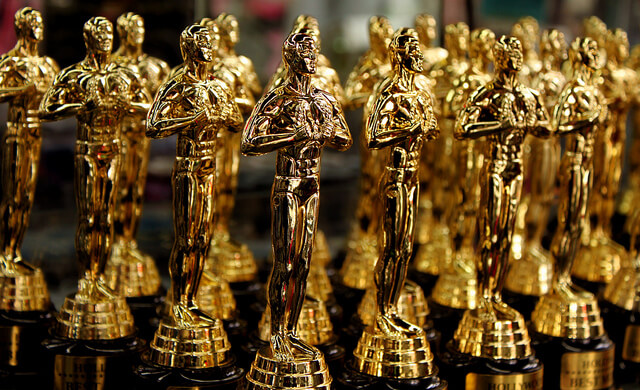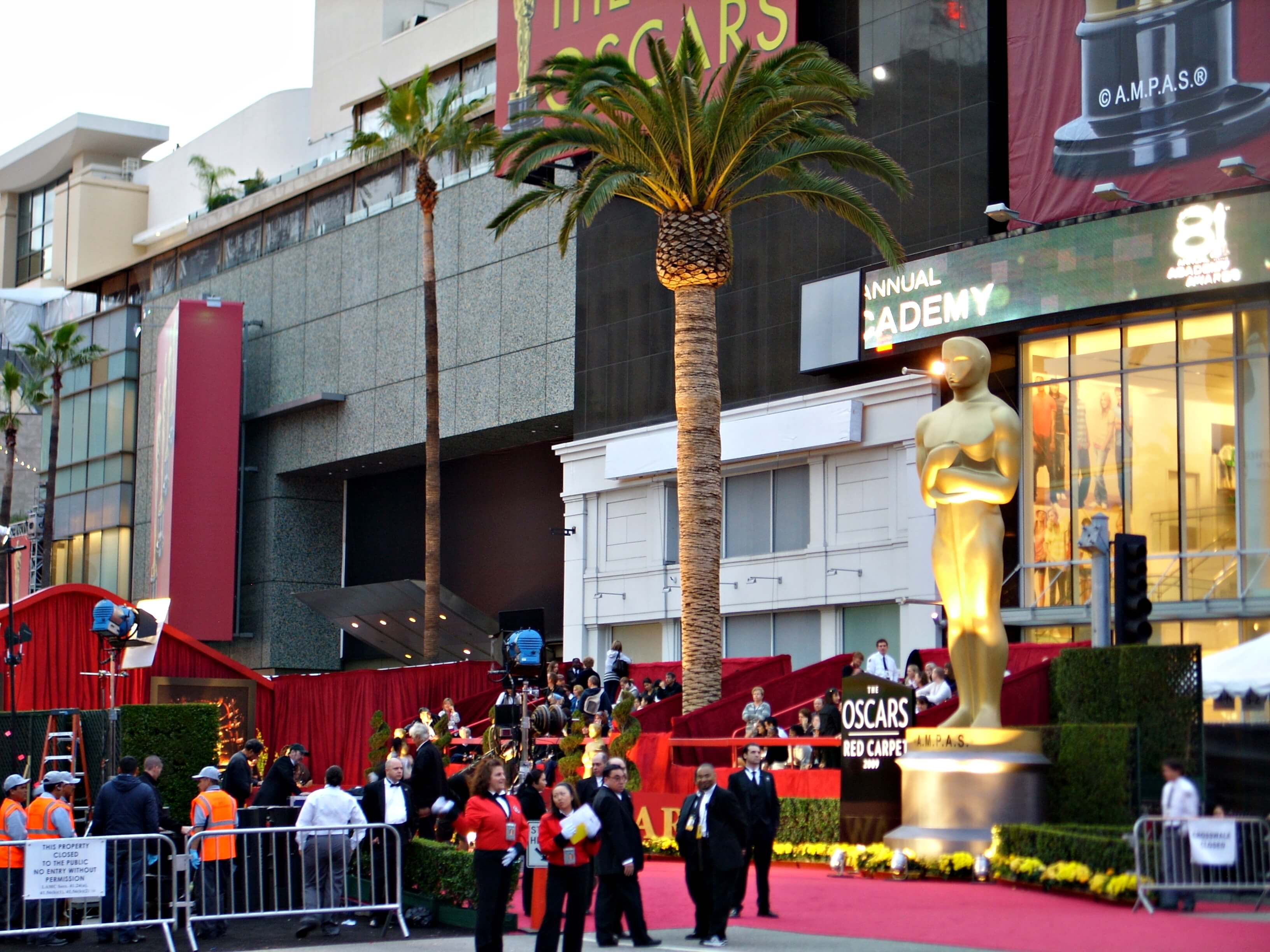And the Oscar Goes to … the PR Team
Published on March 22, 2017, at 4:39 p.m.
by Tristen Gell.
The Academy Awards, also known as the Oscars, is a night where the most talented actors and actresses dress up in clothes that are far more expensive than my home and recognize the year’s most amazing films. It takes a whole year of careful planning to put on such an extravagant event. Every single detail of the night has to be executed flawlessly to ensure an amazing reaction from celebrities, viewers and the media.
This one night is not just for celebrities who perform in amazing films, but it also is for their fans. They wait in lines at midnight premieres, purchase multiple tickets to see movies and follow celebrities throughout their movie journey in order to create a bond between them and their favorite celebrity.
As soon as you saw the title of this blog post, I know you immediately thought I would be talking about the crisis that happened during the last five minutes of the show. Of course, I couldn’t write about the 2017 Oscars without mentioning that small event, but I will get to that a little later.

As a student studying public relations, I watched the award show, judging it strictly from a PR standpoint. Putting on an event takes a great deal of forethought and an amazing PR team. I strongly believe that the Oscars had an extremely hardworking, passionate and thoughtful PR team behind it. The Oscars could not have been as successful without the following PR tactics in place.
A strong social media presence
An important tactic that can ensure a successful, widespread event is the continual use of social media. As of March 7, 2017, the Academy of Motion Picture Arts and Sciences (@TheAcademy) has an Instagram page with 1.2 million followers, a Twitter page with 2.34 million followers and a Facebook page with 2,686,498 likes. It already had the advantage of an extremely high number of followers.
Prior to the main event, the academy continuously posted pictures of nominees, promos of the host, Jimmy Kimmel, and various photos and videos of past Oscar shows and winners to excite viewers. Having such a well-known host helped to elevate the success of all social media posts.
During the event, the academy did not stop its social media use. Organizations putting on large events need to make sure to maintain a strong communication presence before, during and after the show. The academy constantly posted updates during the event on its various platforms to alert followers of any performances during the show, celebrity interactions and winners throughout the night.

Celebrity collaborations
Obviously, the Oscars need celebrities to make the event happen in the first place. However, in an effort to appeal to all audiences, it is important to highlight a variety of celebrities from very diverse backgrounds, cultures and movie genres.
The celebrity bits throughout the show always make the award show entertaining to watch. The show is extremely long, so including such segments can refresh audience and viewers. One of the bits that made the Oscars so interesting to watch was the Matt Damon, Jimmy Kimmel feud. The host kept this bit up throughout the night, and it made viewers want to continue watching to see what would unfold next.
Incorporate one theme to unify the event
Even with an award show, it is important to include a theme that people can understand and relate to. This year, Jimmy Kimmel stated that the theme of the show was “inspiration.” For an award show with so many idols to the millions of viewers, the team responsible for planning and implementing this theme could not have done a better job.
The theme of inspiration is relatable to each of the celebrities sitting in the audience as well as the viewers who are watching their idols on TV. A key factor of having a theme is to keep alluding to the theme to ensure it’s a memorable one. Kimmel did an amazing job of this throughout the night with multiple videos of celebrities and their idols who inspired them to pursue acting.
Appeal to a diverse audience
For any event, it is important that you appeal to a wide audience so that your event gets the exposure it needs to be a success. The Oscars did an amazing job of appealing to a diverse audience.
Of course, the Oscars appealed to celebrities since it is a celebrity award show. However, the Oscars also appealed to the average person by including a bit during which tourists believed they were on a bus tour of Hollywood, but instead they walked in on the Oscars and had the chance to see all the celebrities in attendance. This was such a fun bit to watch, and it had people everywhere hooked to see how it was going to play out throughout the night.
Create a lasting impact
Now is the time where we can talk about the big “uh oh” in the room. As many of you have seen all over social media, the Oscars pulled a “Steve Harvey,” and announced the wrong cast for ‘Best Picture of the Year.’ This isn’t the lasting impact that the PR team was hoping for, but it’s the lasting impact they got, and boy was it a big one!
An important note on this unexpected lasting impact is how essential it is to have a crisis communications plan ready in case a crisis happens. Thankfully, Jimmy Kimmel acted like a pro and kept his cool, apologized and took the blame for what happened, and made sure the appropriate cast was recognized and had time to accept their award.
These are just few ways that the Oscars and its PR team made sure the event was a success. Thank you to the Oscars PR team; I enjoyed watching and learning from your actions.
I’m sure even more planning will go into next year’s show to make sure what happened at the end of this one never happens again. However, I commend the PR team and everyone involved with this large production.
On the plus side, at least the host for next year already has joke material!





